When I landed in Delhi at the height of the monsoon, the excitement in the city was palpable. The Indian Space Research Organisation was planning the launch of Vikram, the country’s first rocket mission to the Moon. Media coverage was ubiquitous and each report was imbued with a gushing sense of national pride. This great nation was about to take another giant leap into the future. But in modern India, there is also a great paradox.
My trip was not about rockets but the much older human activity of dispensing justice to wrongdoers. Having travelled around Britain earlier this year for a BBC series on our criminal justice system, I wanted to see how Indians deal with those who offend against the law in the worst possible ways.
There are many similarities between the two countries, including the same English institutions, spawned from the detritus of colonial rule. There are uniformed police officers, public prosecutors, barristers, judges and courts, with much of the system continuing to operate in the English language, over 70 years after independence.
But it did not take long to discover that things are also very different in India. Waking late and jetlagged on the first day in Delhi, I found a copy of the Hindustan Times, in a hessian bag, hanging from the doorknob outside my room. Upcoming local elections featured heavily on the front page, together with impressive photographs of the Vikram rocket. A couple of pages in and things took a dark and unexpected turn.
“Four people dragged out of homes, lynched by mob!”, ran the headline. I had heard of some of the summary justice, meted out in India to suspected rapists and child abusers, but this story was not about that. All of those strung up – so to speak – were in their seventh decade of life, including a 62 year-old grandmother, from the state of Jharkhand. The facts were explained, “a dozen angry villagers dragged them out of their houses and attacked them with sticks and sharp weapons while accusing them of practising ‘witchcraft’”.
I read the story in full. The police had no leads and nobody in the “predominantly tribal” village was prepared to identify the “perpetrators of the crime”. A shocking sequence of events and a failure of due process, it seemed. But the local police superintendent offered some consolation, lest it be thought that the killings lacked motive. “The evidence we collected from the place of the occurrence indicates that it is a case of witchcraft,” he announced. That’s alright then. Case closed.
I became hooked on the Hindustan Times, turning daily to the crime pages which were packed with chilling tales of street gangs, revenge and yet more lynchings. Another “street sentence”, passed without official sanction, is immolation; an incendiary practice I have yet to come across in my 26 years in the criminal courts of England and Wales.
The stories became a blur – “Delhi woman set on fire by her in-laws over property dispute!”. She suffered 80 per cent burns but somehow survived. A 28 year-old man in Uttar Pradesh was not so lucky – he was “mistaken for a thief” and died after being “stripped, thrashed and set on fire”. The police reported that he was hiding in a garden after being attacked by stray dogs. A 23 year-old law student was set alight by her boyfriend after “the relationship soured”; something of an understatement for her I imagine, as she recovered in the burns ward of the Government Medical College Hospital, south of Chennai.
I spent several weeks in India, travelling first from Delhi into Uttar Pradesh and then flying south to Mumbai, home of Bollywood glamour and some of the most spectacular displays of wealth and sophistication in the world. My driver from the airport pointed with pride at the billion dollar home of India’s richest man, industrialist Mukesh Ambani, made up of 400,000 square feet and spread over 27 floors, overlooking Marine Drive, the Indian Ocean and the vast metropolis, twinkling below. “600 staff!”, he exclaimed, “all for one family!”
Pulling up outside the Taj Mahal Palace Hotel, scene in 2008 of a horrific mass murder, I watched tourists, most from other parts of the sub-continent, massed beneath the Gateway of India, the construction of which swept away the local fishermen to make room for the arriving VIPs of the British Raj. Selfies were being taken and snacks and soft drinks consumed in a scene like any other at a major tourist spectacle, anywhere in the world.
But somewhere, not far from the air-conditioned luxury and fine dining of the hotel, petrol cans were being filled and ropes thrown into the back of vans, ready to be deployed as instruments of the people’s justice. And the witches of modern India were closing their curtains, lighting their candles and summoning up the spirits of other worlds, all the while risking an urgent knock on the door and the massing of an angry mob, baying for blood and intent on forms of retribution from more ancient times.
Got something to add? Join the discussion and comment below.
Get 10 issues for just $10
Subscribe to The Spectator Australia today for the next 10 magazine issues, plus full online access, for just $10.

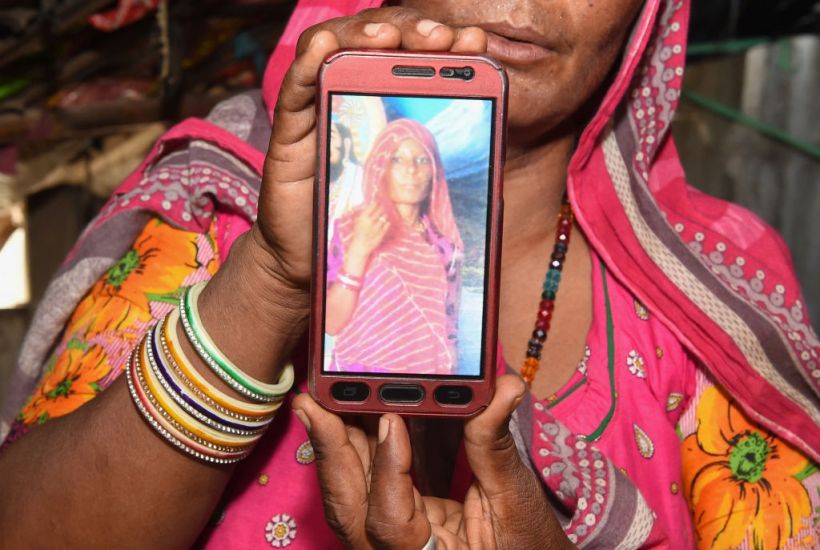
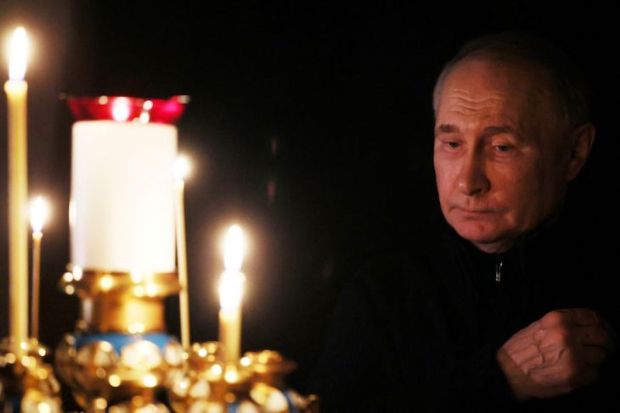
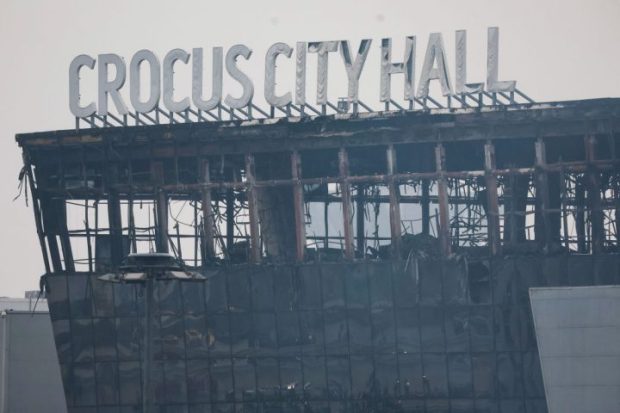
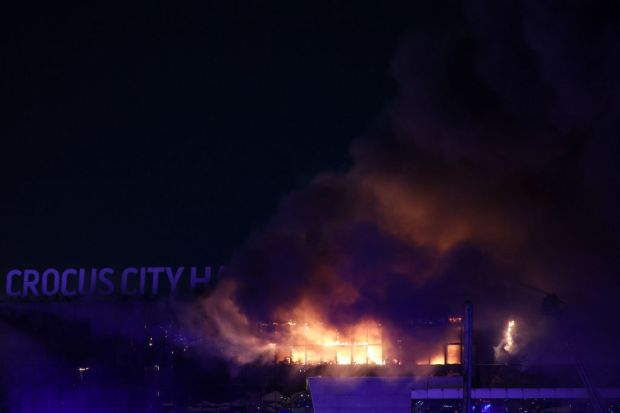
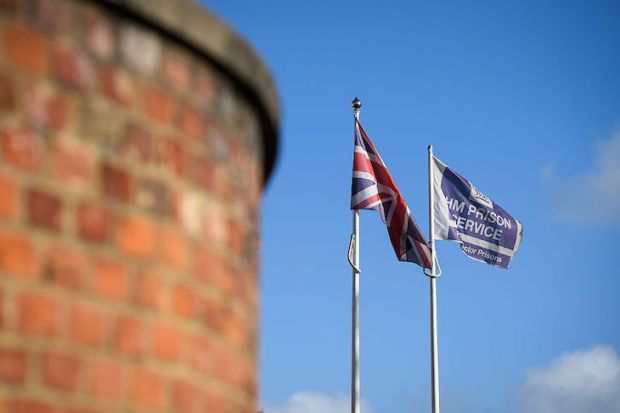

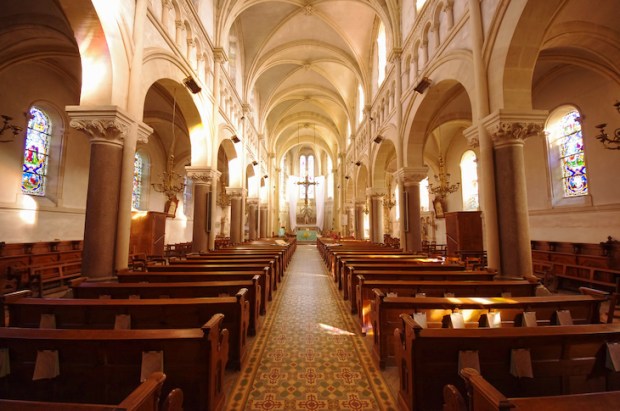












Comments
Don't miss out
Join the conversation with other Spectator Australia readers. Subscribe to leave a comment.
SUBSCRIBEAlready a subscriber? Log in